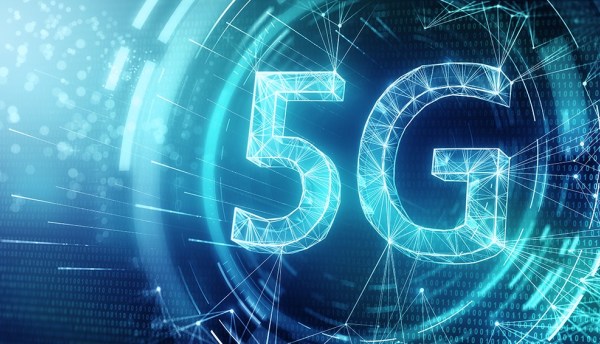10 things you need to know about 5G technology
There have been insinuations that the 5G network is responsible for the spread of the novel coronavirus disease. This has led to some resistance from citizens across the globe. In Nigeria, there are fears that the 5G may increase the cases of the disease but the Minister of Communication and Digital Economy, Dr. Isa Pantami, […]

There have been insinuations that the 5G network is responsible for the spread of the novel coronavirus disease. This has led to some resistance from citizens across the globe.
In Nigeria, there are fears that the 5G may increase the cases of the disease but the Minister of Communication and Digital Economy, Dr. Isa Pantami, has come out to debunk the claim.
A demo trial of the technology – within the 4G spectrum – was done in the country by MTN in November 2019. However, no network has been granted licence to deploy the 5G in Nigeria yet.
We have come up with 10 things to help you understand the working of the 5G technology amid all these misconceptions.
1. 5G is the fifth generation of wireless communications technologies supporting cellular data networks.
2. Large-scale adoption began in 2019 and today virtually every telecommunication service provider in the developed world is upgrading its infrastructure to offer 5G functionality.
3. 5G has a greater bandwidth, meaning it can handle many more connected devices than previous networks. That means no more spotty service when you’re in a crowded area.
READ: 5G-COVID-19 controversy will affect technology acceptability in Nigeria -Teniola
4. It will also reduce latency — the time it takes for a cell phone (or other connected device) to make a request from a server and get a response — to virtually zero.
5. With 5G, signals run over new radio frequencies, which requires updating radios and other equipment on cell towers. There are three different methods for building a 5G network, depending on the type of assets a wireless carrier has: low-band network (wide coverage area but only about 20% faster than 4G), high-band network (superfast speeds but signals don’t travel well and struggle to move through hard surfaces) and mid-band network (balances speed and coverage).
6. Carriers building superfast 5G networks must install tons of small cell sites to light poles, walls or towers, often in relatively small proximity to one another.
7. The fastest 5G networks are expected to be at least 10 times faster than 4G LTE, according to wireless industry trade group GSMA. Some experts say they could eventually be 100 times faster. That’s fast enough to download a two hour movie in fewer than 10 seconds.
8. In order to connect to and get the benefits of a 5G network, consumers have to have 5G-enabled devices. Samsung, Motorola, Huawei, LG, OnePlus and several other device makers have released 5G phones. Apple is widely expected to release a 5G iPhone later this year.
READ: Between 5G network and COVID-19 conspiracy theory
9. Significant adoption of 5G is going to take years according to industry trade group GSMA who estimates that by 2025, around half of mobile connections will be 5G..
10. The scientific consensus is that 5G technology is safe, but speculation about possible hazards has given rise to concern being expressed in the media. Misunderstanding of 5G technology has given rise to a number of conspiracy theories that claim it has an adverse effect on human health.
